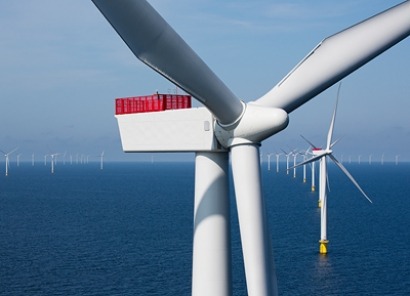
Launched at EWEA 2014 today (10th March 2014), the guidance provides a comprehensive review of subsea power cable practice and advice for managing the risk commonly associated with the cables, thereby improving safety while also lowering costs for the industry.
Many offshore wind farms have faced problems with subsea power cables caused by underestimation of complex problems and interrelationships between those working with them. Consequently, damage to cables has been identified as a major insurance risk given the cost of repairs. Most problems arise from inadequate risk identification, lack of planning, sub-standard design and deficiencies in how procedures are applied. To date, cabling failures have cost millions of euros in delays and numerous legal disputes.
The document was developed by the Joint Industry Project (JIP) and is free to download. It offers the most comprehensive guidance in the industry concerning subsea power cables and incorporates a technical guideline covering the entire lifecycle of cables from concept development to decommissioning. The document applies to the entire length of the cable and its surroundings including assessment of project conditions, planning and execution of works as well as asset management. Important sections of the 145-pages document cover design of the physical interfaces at offshore units and in the landfall area.
“The guideline that we’ve developed under the ‘CableRisk’ project is an important step in the right direction to address design questions and manage risks surrounding subsea power cables” said Thomas Boehme, Principal Engineer with DNV GL and Project Manager for the JIP. “Major themes of the guideline are improvement of communication between stakeholders, clarification of what is required and pointing to possible solutions without limiting the options for implementation.”
Kim Mørk, Vice President and Global Technical Manager, DNV GL Renewables Certification and project sponsor for the JIP added: that the guideline will benefit the entire industry from developers through to owners and operators.
For additional information:

